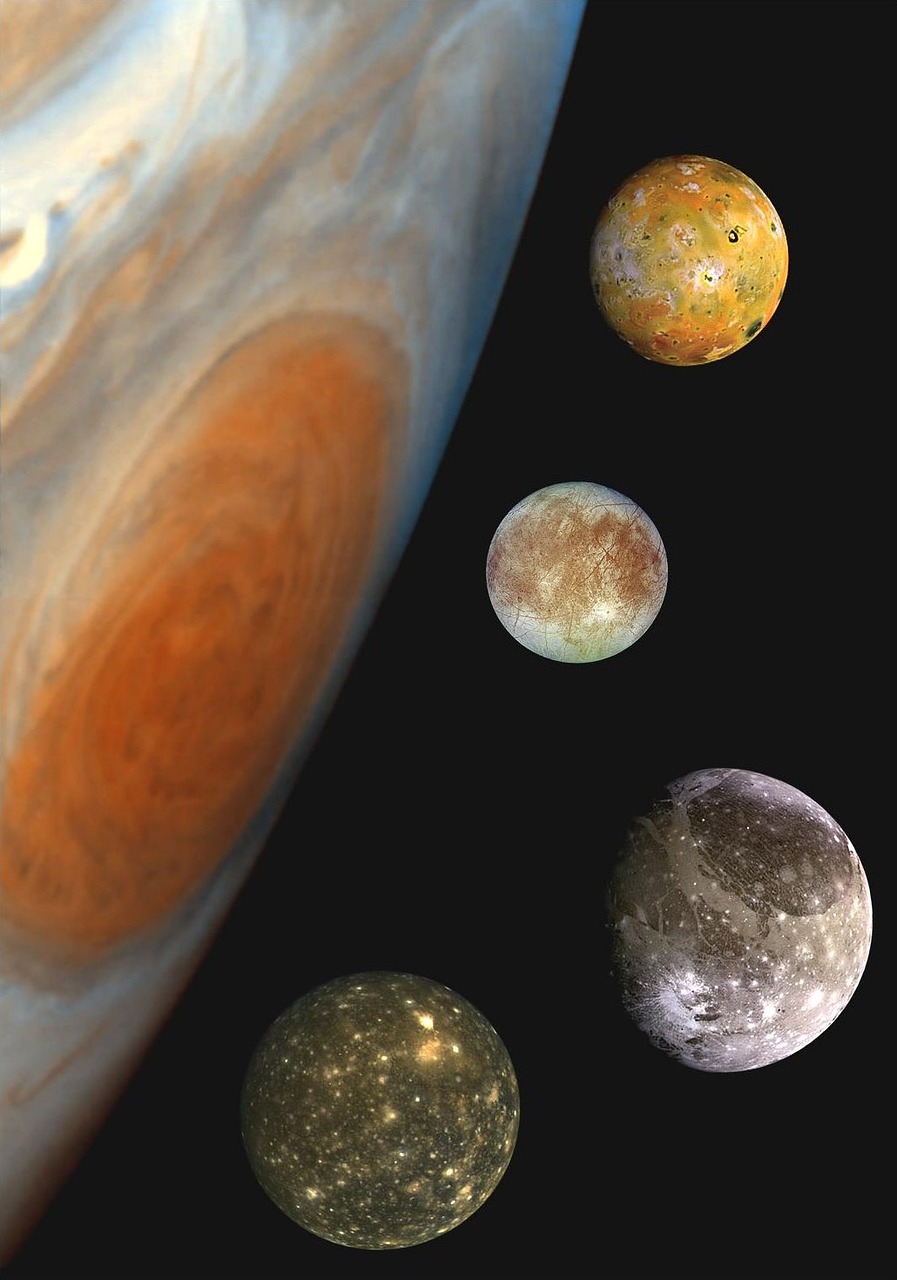Overview
Jupiter, or Iuppiter, held the esteemed position as the chief deity among the Romans and Latins, embodying the sky, weather, and the overarching principles of order and state within the Roman Empire. His persona was largely synonymous with Zeus, the Greek god, although their worship traditions were distinct.
The grandeur of Jupiter’s worship centered around the majestic temple of Jupiter Optimus Maximus on Capitoline Hill in Rome. This temple served as the heart of his cult, where he was portrayed as a robust paternal figure wielding thunderbolts and a scepter.
Jupiter’s Greek Equivalent
Jupiter, reigning supreme in the Roman pantheon, aligned closely with Zeus of Greek mythology. While their legends and imagery parallels, the two deities were honored through different religious practices specific to their cultures.
Worship Practices
The temple of Jupiter Optimus Maximus was the nucleus of his worship, part of the “Capitoline Triad” alongside Juno and Minerva. Romans honored Jupiter through various offerings and grand festivals marked by games and sacrifices, reinforcing his status across the expansive Roman territory.
Jupiter Appears to Numa
Unique Roman myths depict Jupiter interacting with pivotal figures such as Numa Pompilius, the second king of Rome. According to legend, Numa called upon Jupiter through woodland deities to receive guidance on worship practices in exchange for secrets that would protect him from lightning.
Roles and Powers
As the apex god, Jupiter commanded elements like lightning and storms and was also recognized as the deity of divination, ensuring the fulfillment of omens. He represented societal order, political authority, and stability within the state, revered by emperors seeking divine association with him.
Jupiter additionally governed significant ceremonial occasions and magical rites, overseeing oaths and marriages, reinforcing his influence in both civil and religious contexts. His association extended to war, where he was believed to preside over battles rather than directly partake.
Attributes and Iconography
The symbolism associated with Jupiter included the thunderbolt, scepter, and the eagle, alongside ritual items like the silex stone. His artistic representations typically displayed him either standing or seated, frequently depicted with Juno and Minerva, reinforcing his divine authority.
Etymology and Pronunciation
The Latin name for Jupiter evolved over time from forms like Iūpiter, with its roots indicating “day” and “father.” This etymology connects him to other ancient sky deities, establishing a word link between Jupiter and his Greek counterpart Zeus.
Titles and Epithets
Jupiter was adorned with various titles reflecting his attributes. Known as Optimus Maximus, he was invoked as a protector of state affairs and associated with weather phenomena and agricultural fertility.
Family Connections
Jupiter’s lineage was influenced by Greek mythology, linking him to deities like Saturn (Cronus) and Juno (Hera). His progeny included significant Roman gods mirroring their Greek counterparts, contributing to a wider mythological narrative.
Mythological Origins
Rooted in Indo-European tradition, Jupiter’s character combined weather dominion and sovereign power. His ascension mirrored that of Zeus, establishing a continued narrative within Roman religion while maintaining cultural uniqueness.
The Power of Jupiter
Jupiter’s reign was marked by order even amid struggles against threats to his authority, reflecting stories of divine conflict from Greek mythology, although Roman perspectives often focused more on his national significance.
The Loves of Jupiter
Jupiter’s timeless reputation as a god of seduction saw him engage in numerous liaisons with both divinities and mortals alike. This aspect of his character, intertwining love and power, fostered intriguing myths unique to Roman culture.
Jupiter and Rome
Jupiter played an essential role in Roman origins, particularly in the myth of Aeneas, whose ventures were divinely mapped out by Jupiter, securing a narrative link between the divine and the foundation of Rome.
The Kings of Rome and the Cult of Jupiter
Numa Pompilius’ establishment of rituals for Jupiter highlighted the intertwining of leader and deity, where a deeper reverence strengthened Rome’s religious practices. Other leaders faced divine repercussions for failing to uphold these sacred traditions.
Temples, Festivities, and Rituals
Jupiter Optimus Maximus was central to Roman religious life, symbolizing political unity and the divine mandate of Roman leadership. Festivals celebrated his presence with games and offerings, affirming his pervasive influence in various aspects of society.
Foreign Cults and Popular Culture
Jupiter’s identity blended with other cultural deities across the empire, exemplifying a broader spiritual adaptability. Today, his legacy is encapsulated in both astronomical nomenclature and popular expressions rooted in ancient reverence.
In conclusion, Jupiter’s multifaceted identity as the king of the gods serves as a pivotal point in understanding Roman religion and culture, illustrating the significant ties between mythology, governance, and societal norms.



